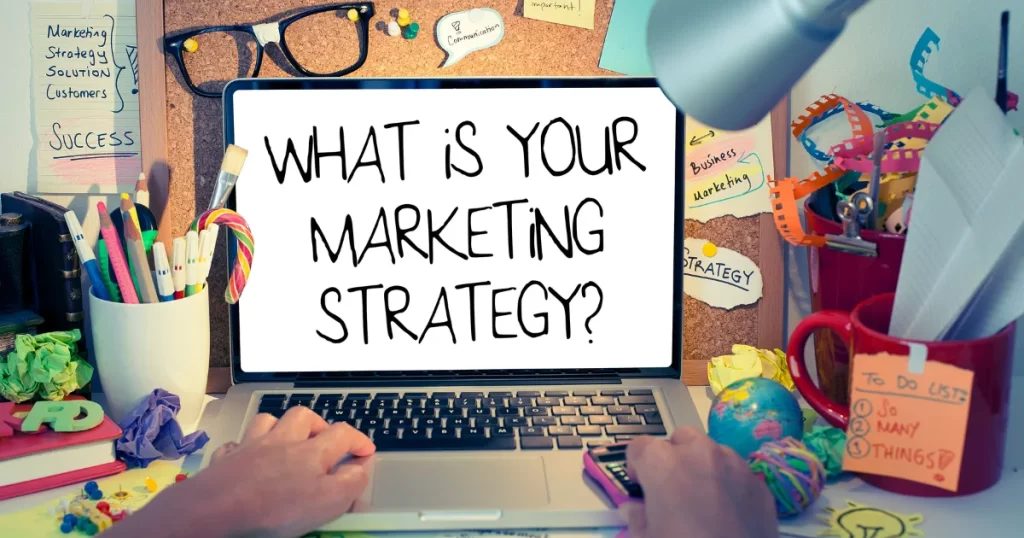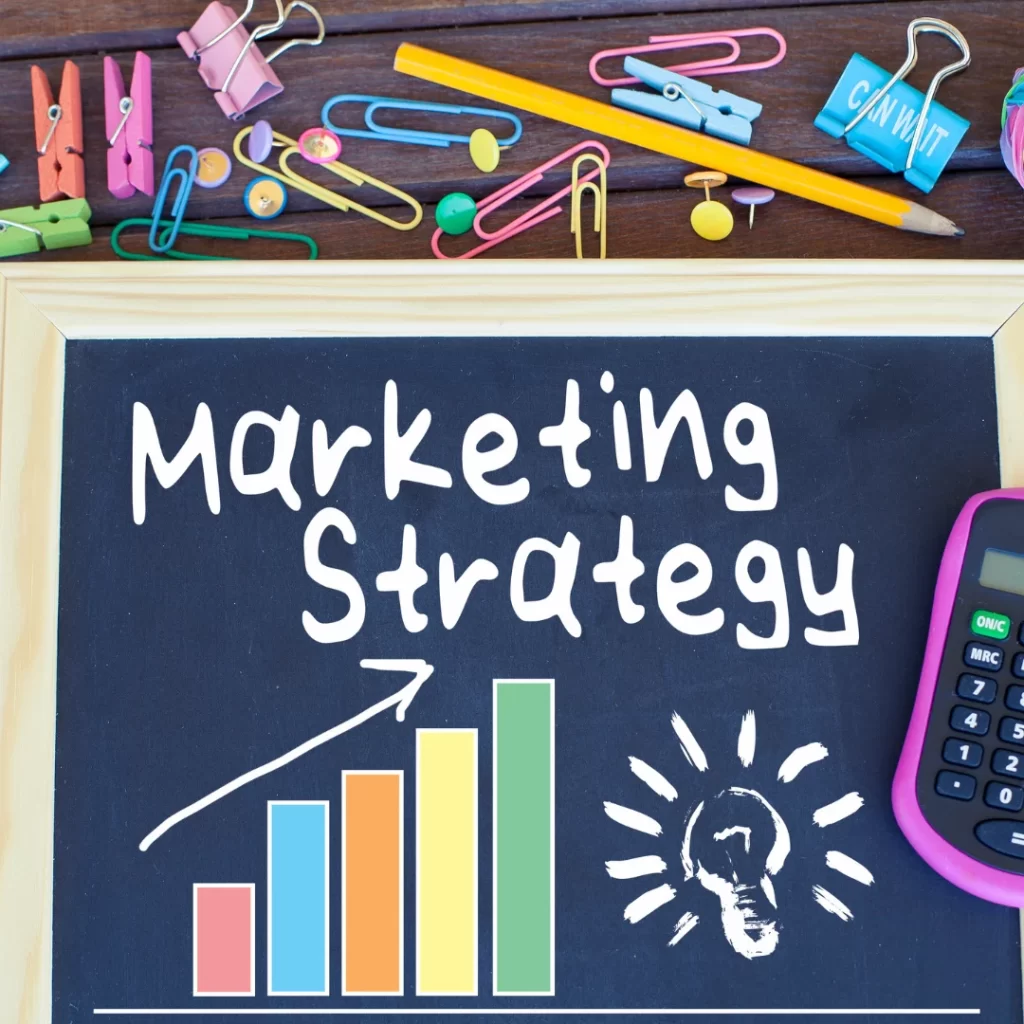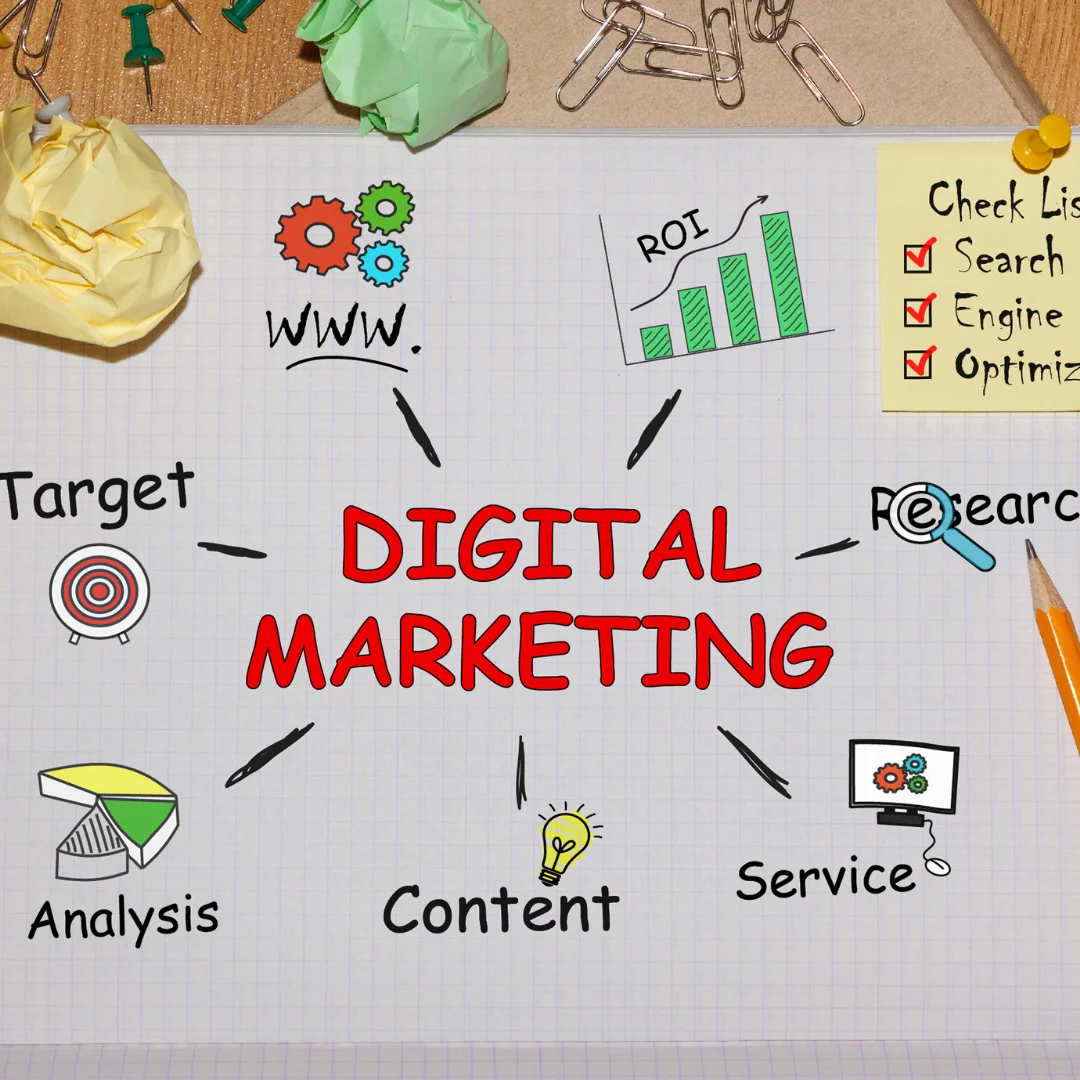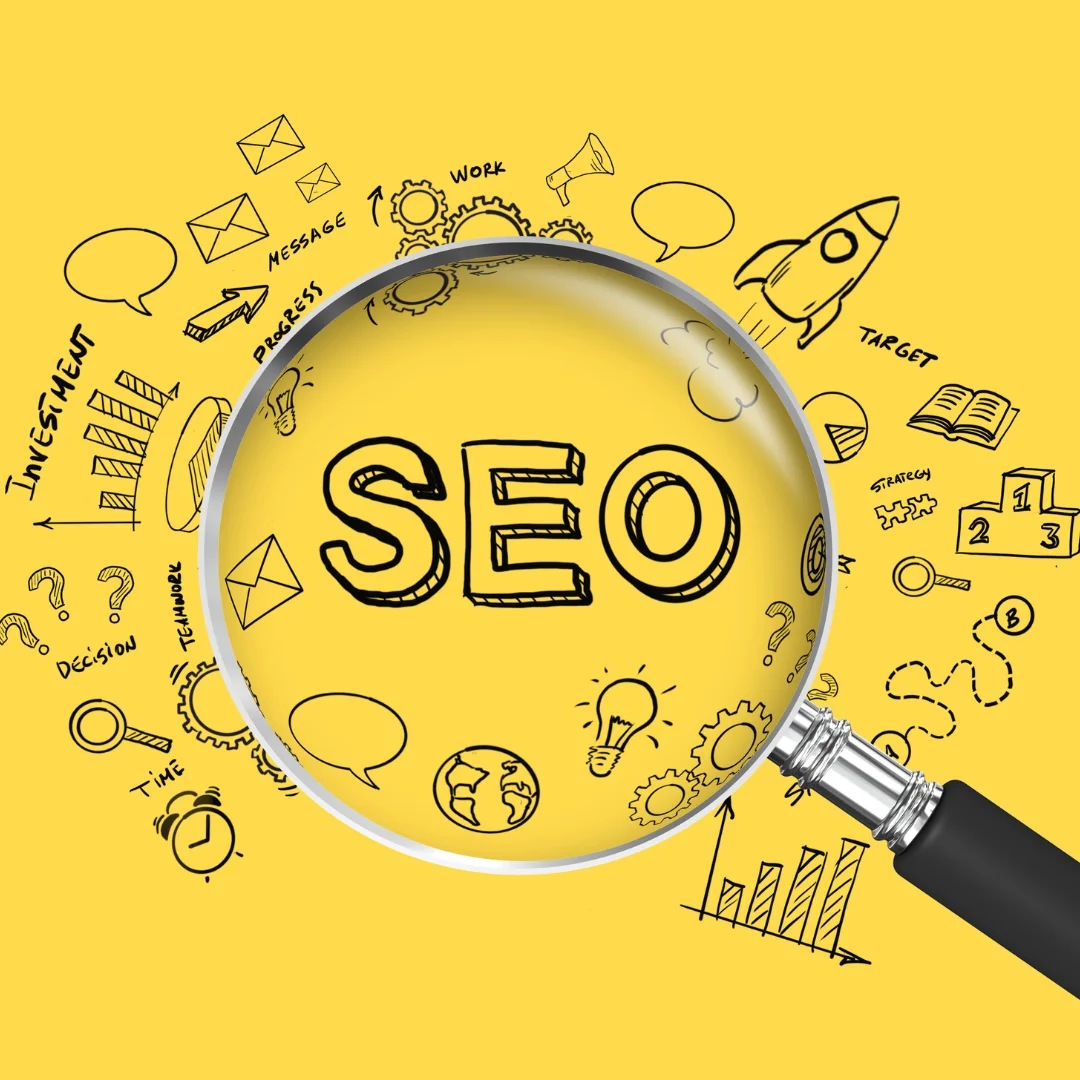Every great product needs an audience, but let’s face it—just having a great idea won’t cut it. Enter the Go To Market Strategy, the secret sauce that separates startups that thrive from the ones that fade into oblivion. If you’re a B2B startup gearing up to navigate 2025, you’re in for a treat. This guide isn’t just a manual; it’s your survival kit.
We’ll dive headfirst into market dynamics, channel models, value propositions, and those glorious acronyms like CAC and MQLs. And yes, we’ll make it fun—because who says business strategy has to be boring? Buckle up, and let’s master how to create a great go-to-market strategy for B2B startups in 2025.
Understanding the Market Dynamics

B2B SaaS Market Trends in 2025
B2B SaaS in 2025 is a mix of innovation, chaos, and opportunity. Think of it as a high-stakes game of Monopoly where the rules are constantly changing. What’s trending?
- AI-Powered Everything: Automations are evolving—personalized experiences are table stakes now. Companies that fail to integrate AI into their processes might as well be selling rotary phones.
- Sustainability Demands: Customers care about your carbon footprint almost as much as your product. Greenwashing won’t cut it—real sustainability efforts win hearts and wallets.
- Hybrid Work: Remote work might be the norm, but hybrid models are the future of decision-making. Expect more collaborative tools and less tolerance for clunky tech.
Challenges Ahead
The biggest challenge? Standing out. With every startup claiming to be revolutionary, differentiation is your golden ticket. Conducting a competitive analysis helps you understand who the major players are, what they’re doing right, and where they’re dropping the ball. Tools like SEMrush or Crunchbase can give you the edge you need.
Additionally, the complexity of buyer journeys is increasing. Decision-makers now expect hyper-targeted solutions that speak directly to their pain points. Translation? You need to know your audience better than they know themselves.
| Key Market Trends | Implications for Startups |
|---|---|
| AI and Automation | Integrate intelligent solutions or risk irrelevance. |
| Sustainability Expectations | Highlight green initiatives in your messaging. |
| Competitive Saturation | Nail your unique value proposition. |
Key Market Trends
AI and Automation
AI isn’t just a buzzword; it’s the backbone of modern SaaS. From predictive analytics to customer support, AI is transforming how businesses operate. Startups must prioritize building or integrating AI-driven features to remain competitive. Customers now expect tools that anticipate their needs—anything less feels archaic.
Sustainability Expectations
Gone are the days when recycling your coffee cup was enough to signal you care about the planet. B2B buyers are scrutinizing supply chains, energy usage, and even employee benefits to ensure your company walks the sustainability talk. Highlighting real, measurable green initiatives in your marketing can be a game-changer.
Competitive Saturation
The SaaS space is crowded. The average decision-maker encounters dozens of pitches daily, so standing out requires laser-sharp messaging. A unique value proposition (UVP) isn’t just helpful; it’s mandatory. Identify what makes your product indispensable and amplify that difference across every channel.
Implications for Startups
- Embrace AI Early: Don’t just tack it on—bake AI into your core offerings.
- Get Serious About Green: Authenticity is key; consumers can smell virtue signaling a mile away.
- Differentiate or Die: Use competitive analysis tools to pinpoint gaps in the market and exploit them ruthlessly.
Competitive Analysis Done Right
Conducting a competitive analysis isn’t about copying what the big players are doing—it’s about identifying what they’re NOT doing. Here’s how:
- Map the Market: Use tools like Crunchbase to identify competitors in your niche.
- Analyze Strengths and Weaknesses: What do customers love about your competitors? What are the common complaints?
- Find Your Edge: Use insights from platforms like G2 Crowd to understand unmet needs. Then, make those needs your priority.
A strong competitive analysis can uncover opportunities that others overlook, giving your startup the edge it needs to thrive in 2025.
Defining Your Go-To-Market Strategy
Creating a GTM strategy isn’t rocket science—but it does require a formula. Here’s your step-by-step guide:
Step 1: Market Research
Before anything else, you need intel. Understand your industry, target audience, and competitors. Use surveys, focus groups, and platforms like LinkedIn to gather data. The goal isn’t just to collect information—it’s to uncover actionable insights. Who are your competitors targeting? What do potential customers complain about? Knowledge is your ammunition.
Step 2: Build Your Ideal Customer Profile (ICP)
An Ideal Customer Profile (ICP) is your North Star. Think of it as your business’s dating profile but for sales. Your ICP determines who you’re targeting and why they’ll fall head over heels for your solution. Define your ICP by asking:
- What industries do they belong to?
- What problems are they trying to solve?
- What does success look like for them?
- What’s their budget?
| ICP Characteristics | How to Identify |
| Industry and Size | Analyze existing customers or competitor clientele. |
| Pain Points | Conduct interviews or online sentiment analysis. |
| Decision-Making Roles | Use LinkedIn Sales Navigator for insights. |
| Buyer Behavior | Leverage CRM data or purchasing trends. |
Pro Tip: Don’t Guess—Dig Deep
Use tools like HubSpot, Salesforce, and social sentiment analysis to validate your assumptions. Interviews with current customers can also reveal patterns you might otherwise miss.
Step 3: Craft Your Value Proposition
Your value proposition isn’t just about what you offer—it’s about what your customers can achieve. A great value proposition answers these questions:
- What problem do you solve?
- Why are you the best at solving it?
- What’s the tangible impact on your customer’s business?
Use a messaging matrix to map your value proposition to different buyer personas. Tailor your messaging so that it resonates deeply with each audience segment. Remember, clarity beats cleverness every time. Your value proposition should be:
- Specific: Avoid vague claims like “We’re the best.” Define the how and why.
- Impactful: Highlight measurable outcomes like “Save 30% on operational costs.”
- Differentiated: Emphasize what makes your solution unique—technology, features, or approach.
Example Messaging Matrix
| Buyer Persona | Pain Points | Value Proposition |
| SMB Owners | Limited budgets, high risks | “Affordable, scalable solutions tailored for growth.” |
| Enterprise Decision Makers | Integration headaches | “Seamless compatibility with existing systems.” |
| IT Managers | Security concerns | “Best-in-class encryption and compliance.” |
By defining a clear and comprehensive Go To Market Strategy, you’re not just preparing to launch—you’re setting the stage for sustainable growth and market dominance. Stay tuned for the next steps where we explore sales models, marketing strategies, and the metrics that matter most.
Choosing the Right Sales Model

Not all sales models are created equal, and picking the wrong one can feel like trying to fit a square peg into a round hole—it’s awkward, painful, and ultimately fruitless. Your sales model should align with your product, target market, and growth ambitions. Let’s break down the options and help you determine which one is best for your Go To Market Strategy.
Self-Service Model
The self-service model is like setting up a lemonade stand on a hot day: your product sells itself—no hard pitch required. This model works best for low-cost, high-volume products where buyers can quickly see the value.
- Best For: Low-cost, high-volume products like SaaS tools with a simple value proposition.
- Pros: Scalable, cost-effective, and requires minimal sales intervention. It’s a dream for startups aiming to reduce CAC (Customer Acquisition Cost).
- Cons: Limited human interaction might deter buyers with complex needs or those who require hand-holding.
When to Choose Self-Service
If your product is intuitive, has clear value, and doesn’t need customization, self-service is your golden ticket. Think tools like Slack or Canva, where the product’s brilliance speaks louder than any salesperson could.
| Feature | Benefit |
|---|---|
| Low CAC | Drives profitability with minimal upfront costs. |
| Rapid Scalability | Perfect for startups aiming for viral growth. |
| Minimal Overhead | Automation replaces large sales teams. |
But beware: if your product is complex or requires significant onboarding, self-service might leave your customers frustrated and looking for the exit button.
Direct Sales Model
The direct sales model is where charm, persuasion, and a killer pitch rule the day. It’s ideal for high-ticket, complex solutions that require a human touch to close the deal.
- Best For: High-priced, sophisticated solutions like enterprise software or custom B2B tools.
- Pros: Builds trust and relationships, making it easier to handle objections and tailor solutions to specific client needs.
- Cons: It’s expensive. High CAC and long sales cycles can strain resources, especially for smaller startups.
When to Choose Direct Sales
If your product involves multiple stakeholders, custom implementations, or a steep learning curve, direct sales is the way to go. Think Salesforce or HubSpot, where a dedicated salesperson guides the buyer through every step of the journey.
| Feature | Benefit |
| Relationship Building | Fosters trust and long-term partnerships. |
| Tailored Solutions | Addresses unique customer pain points effectively. |
| High Close Rates | Personalized engagement leads to conversions. |
However, this model isn’t for the faint of heart—or wallet. It demands skilled salespeople, extensive training, and robust CRM tools to manage the process.
Channel Partners
Channel partners are the cool kids who already know everyone at the party. They help you expand into new markets by leveraging their established networks.
- Best For: Startups looking to scale quickly without building out large sales teams.
- Pros: Access to new customer bases, reduced sales burden, and faster market entry.
- Cons: Limited control over the sales process and potential conflicts of interest if partners represent multiple products.
When to Choose Channel Partners
If your goal is rapid expansion, especially into unfamiliar territories, channel partners can be a game-changer. Think Microsoft or Cisco, which rely heavily on partner ecosystems to drive sales.
| Feature | Benefit |
| Market Expansion | Taps into partner networks for broader reach. |
| Cost Efficiency | Reduces the need for in-house sales resources. |
| Expertise Leverage | Partners bring local market knowledge. |
But tread carefully. You’ll need robust agreements and incentives to ensure partners prioritize your product amid their portfolio.
Comparing the Models
Let’s put it all together with a side-by-side comparison to help you decide which model aligns with your Go To Market Strategy:
| Sales Model | Best For | Pros | Cons |
| Self-Service | Low-cost, high-volume | Scalable, cost-effective | Less personal |
| Direct Sales | High-ticket, complex deals | Builds trust, handles complChoosing the Right Sales Model |
Not all sales models are created equal, and picking the wrong one can feel like trying to fit a square peg into a round hole—it’s awkward, painful, and ultimately fruitless. Your sales model should align with your product, target market, and growth ambitions. Let’s break down the options and help you determine which one is best for your Go To Market Strategy.
Self-Service Model
The self-service model is like setting up a lemonade stand on a hot day: your product sells itself—no hard pitch required. This model works best for low-cost, high-volume products where buyers can quickly see the value.
- Best For: Low-cost, high-volume products like SaaS tools with a simple value proposition.
- Pros: Scalable, cost-effective, and requires minimal sales intervention. It’s a dream for startups aiming to reduce CAC (Customer Acquisition Cost).
- Cons: Limited human interaction might deter buyers with complex needs or those who require hand-holding.
When to Choose Self-Service
If your product is intuitive, has clear value, and doesn’t need customization, self-service is your golden ticket. Think tools like Slack or Canva, where the product’s brilliance speaks louder than any salesperson could.
| Feature | Benefit |
| Low CAC | Drives profitability with minimal upfront costs. |
| Rapid Scalability | Perfect for startups aiming for viral growth. |
| Minimal Overhead | Automation replaces large sales teams. |
But beware: if your product is complex or requires significant onboarding, self-service might leave your customers frustrated and looking for the exit button.
Direct Sales Model
The direct sales model is where charm, persuasion, and a killer pitch rule the day. It’s ideal for high-ticket, complex solutions that require a human touch to close the deal.
- Best For: High-priced, sophisticated solutions like enterprise software or custom B2B tools.
- Pros: Builds trust and relationships, making it easier to handle objections and tailor solutions to specific client needs.
- Cons: It’s expensive. High CAC and long sales cycles can strain resources, especially for smaller startups.
When to Choose Direct Sales
If your product involves multiple stakeholders, custom implementations, or a steep learning curve, direct sales is the way to go. Think Salesforce or HubSpot, where a dedicated salesperson guides the buyer through every step of the journey.
| Feature | Benefit |
| Relationship Building | Fosters trust and long-term partnerships. |
| Tailored Solutions | Addresses unique customer pain points effectively. |
| High Close Rates | Personalized engagement leads to conversions. |
However, this model isn’t for the faint of heart—or wallet. It demands skilled salespeople, extensive training, and robust CRM tools to manage the process.
Channel Partners
Channel partners are the cool kids who already know everyone at the party. They help you expand into new markets by leveraging their established networks.
- Best For: Startups looking to scale quickly without building out large sales teams.
- Pros: Access to new customer bases, reduced sales burden, and faster market entry.
- Cons: Limited control over the sales process and potential conflicts of interest if partners represent multiple products.
When to Choose Channel Partners
If your goal is rapid expansion, especially into unfamiliar territories, channel partners can be a game-changer. Think Microsoft or Cisco, which rely heavily on partner ecosystems to drive sales.
| Feature | Benefit |
| Market Expansion | Taps into partner networks for broader reach. |
| Cost Efficiency | Reduces the need for in-house sales resources. |
| Expertise Leverage | Partners bring local market knowledge. |
But tread carefully. You’ll need robust agreements and incentives to ensure partners prioritize your product amid their portfolio.
Hybrid Approaches: The Best of Both Worlds
Why choose one when you can have it all? Many startups adopt hybrid models, combining self-service for smaller clients with direct sales for enterprise customers. Layer in channel partners for global reach, and you’ve got a robust, flexible Go To Market Strategy that adapts to different buyer needs.
For example:
- Offer a free self-service trial to attract small businesses.
- Use direct sales teams to target Fortune 500 companies.
- Partner with regional resellers to break into international markets.
This approach maximizes your reach and ensures no opportunity slips through the cracks.
Implementing Multi-Channel Marketing Strategies

Why settle for one channel when you can dominate them all? Multi-channel marketing is the cheat code to visibility and the backbone of any effective Go To Market Strategy. By leveraging multiple platforms, you ensure your message reaches every corner of your target market. Ready to conquer?
Key Tactics
SEO Domination
Think of SEO as your long-term MVP. Optimizing content around critical keyphrases like “Go To Market Strategy” does more than boost visibility—it establishes authority. Start by creating evergreen, value-packed content that answers your audience’s pressing questions. Build backlinks like you’re stacking gold bars and ensure your site speed doesn’t make visitors reminisce about dial-up internet. Pro tip: Always align your SEO efforts with user intent.
Email Campaigns
Email isn’t dead; it just got smarter. Personalization is your secret weapon. Platforms like HubSpot let you segment your audience so you can send laser-focused messages. Go beyond the generic “Dear [First Name]” trope—use behavioral data to craft content that feels tailor-made. For instance, if someone downloads your whitepaper on Go To Market Strategy, follow up with resources or case studies they’ll find valuable.
Social Media Ads
Social media isn’t just for influencers hawking skincare products. LinkedIn remains the B2B darling for nurturing professional relationships, but don’t sleep on Twitter for thought leadership or TikTok for fresh engagement. Yes, TikTok. The decision-makers of tomorrow are perfecting their dance routines today. Use targeted ads to reach specific personas at the right time.
| Channel | Usage |
|---|---|
| SEO | Long-term traffic generation |
| Email Marketing | Direct engagement and nurturing |
| Social Media Ads | Expanding reach and targeting specific personas |
Weaving It All Together
The magic of a multi-channel approach lies in its synergy. Your SEO brings in organic leads, email nurtures them, and social ads amplify your reach. Together, they create a seamless Go To Market Strategy that leaves no stone unturned.
Measuring Success with Key Metrics
Metrics don’t lie, but they can hurt your feelings if you’re not prepared. Tracking the right data points ensures your Go To Market Strategy stays on course. Here are the heavy hitters:
Customer Acquisition Cost (CAC)
Ever feel like acquiring customers costs as much as a down payment on a Tesla? That’s your CAC speaking. Calculate this by dividing your total acquisition costs by the number of new customers. If your CAC is sky-high, it’s time to optimize your channels. Look for inefficiencies in your campaigns and double down on what’s working.
Marketing Qualified Leads (MQLs)
Think of MQLs as the filet mignon of leads—premium, valuable, and ready to be devoured by your sales team. They’re not just any leads; they’ve shown intent, whether by downloading a resource, requesting a demo, or attending your webinar. Your Go To Market Strategy should include a robust funnel to consistently deliver these gems.
| Metric | What It Measures |
| CAC | Efficiency of your acquisition strategy |
| MQLs | Effectiveness of your marketing funnel |
Bonus Tip: Benchmark Regularly
How do you know if your metrics are stellar or subpar? Benchmark against industry averages. If your CAC is twice the average, it’s time to revamp your Go To Market Strategy. Regular benchmarking keeps you competitive and prevents costly missteps.
Embracing Adaptability Through Feedback Loops and Iterative Improvement Processes
Launch day isn’t the finish line—it’s the starting gun for continuous improvement. An adaptable Go To Market Strategy thrives on feedback and quick iterations. Here’s how to build resilience into your approach:
Establish Feedback Mechanisms
Nobody’s perfect, but feedback gets you closer. Use surveys, Net Promoter Scores (NPS), and social listening tools to gather insights. Ask your customers the hard questions: What’s working? What’s frustrating? The more data you collect, the better positioned you are to adapt.
Iterate Quickly
Don’t wait for perfection—it doesn’t exist. Instead, implement small, actionable changes based on your feedback. Test, measure, and refine. If your onboarding process is clunky, streamline it. If your messaging isn’t resonating, tweak it. Agility is your greatest ally.
Case Study: Dropbox’s Referral Program
Dropbox’s referral program wasn’t an overnight success—it was the result of relentless iteration. They launched a simple concept: refer a friend and earn extra storage. Then they fine-tuned it based on user feedback, turning it into a growth engine that skyrocketed their user base. The lesson? Small tweaks can drive monumental results.
Conclusion and Future Considerations for B2B Startups in 2025 and Beyond
A great Go To Market Strategy isn’t optional; it’s your startup’s lifeline. From crafting multi-channel marketing plans to tracking key metrics and embracing adaptability, every piece matters. The B2B landscape in 2025 is fiercely competitive, but with the right strategy, it’s also full of opportunity.
So, here’s the final takeaway: don’t just plan—execute. Tailor this guide to your business, stay agile, and never stop iterating. The future rewards those who act boldly. Your Go To Market Strategy is the key to unlocking that future. Now go claim it.





